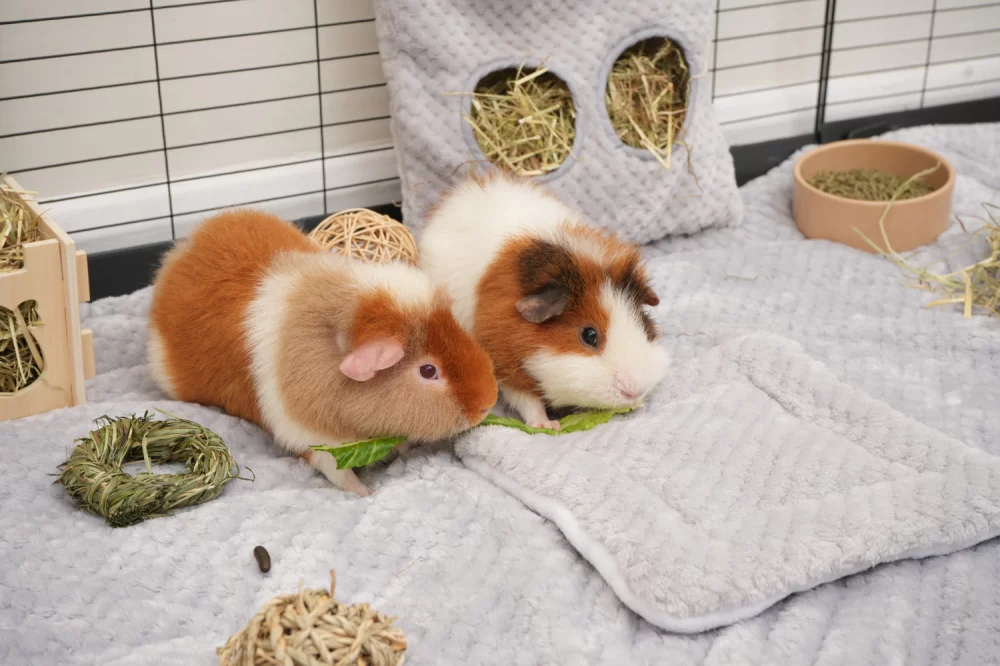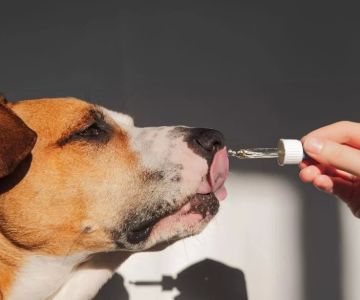- Why Bedding Matters for Guinea Pigs
- Popular Guinea Pig Bedding Options and Their Benefits
- Factors to Consider When Choosing Bedding
- Real-Life Examples from Guinea Pig Owners
- Professional Tips for Maintaining Guinea Pig Bedding
1. Why Bedding Matters for Guinea Pigs
Bedding is more than just a soft surface for guinea pigs; it plays a vital role in their health, comfort, and overall well-being. The right bedding helps absorb moisture, control odors, and provide insulation from cold surfaces. Since guinea pigs have sensitive respiratory systems, choosing bedding that minimizes dust and allergens is essential to prevent irritation and respiratory problems.
Comfort is also a priority because guinea pigs spend a large portion of their time resting. A soft, cozy bedding material encourages natural behaviors and reduces stress, promoting a happier, healthier pet.

9300 Monroe Rd, Charlotte, NC 28270, USA
See Details1.1 The Connection Between Bedding and Guinea Pig Health
Improper bedding can cause issues such as skin irritation, infections, or respiratory distress. For example, cedar and pine shavings, common in some pet stores, release aromatic oils harmful to guinea pigs’ lungs. This underscores the importance of selecting safe, tested materials.
1.2 Creating a Comfortable Habitat
Good bedding supports natural burrowing and nesting behaviors. Guinea pigs appreciate bedding they can manipulate, which enriches their environment and prevents boredom. This contributes to better mental stimulation and emotional health.
2. Popular Guinea Pig Bedding Options and Their Benefits
There are several bedding types available, each with unique advantages. Understanding these helps you tailor your guinea pig’s habitat to their specific needs.
2.1 Paper-Based Bedding
Paper bedding is highly absorbent, low in dust, and safe for sensitive respiratory systems. Brands offering recycled paper products provide soft textures that guinea pigs find comfortable. Many owners favor paper bedding for its ease of cleaning and odor control.
2.2 Aspen Shavings
A safer alternative to pine and cedar, aspen shavings are natural and odor-absorbing without harmful aromatic oils. Aspen provides a soft and dry surface but can be slightly dustier, so frequent cleaning is advised.
2.3 Fleece Liners
Fleece bedding is reusable and eco-friendly, often preferred by owners seeking a washable option. It requires a waterproof layer underneath and daily spot cleaning but offers excellent comfort and customization.
2.4 Hay as Bedding
While hay is primarily a food source, it can also serve as supplemental bedding. It provides a natural environment and encourages foraging behavior but should not be the sole bedding due to moisture retention concerns.
3. Factors to Consider When Choosing Bedding
Choosing the best bedding for guinea pigs depends on multiple factors beyond material type.
3.1 Dust and Allergens
Guinea pigs are prone to respiratory issues; bedding should be virtually dust-free and hypoallergenic to maintain clean air quality in their habitat.
3.2 Absorbency and Odor Control
Effective moisture absorption helps keep guinea pigs dry and comfortable while minimizing unpleasant odors. This reduces the frequency of cage cleaning and improves living conditions.
3.3 Ease of Cleaning and Maintenance
Some bedding types require daily spot cleaning, others full replacement weekly. Consider your schedule and cleaning preferences when selecting bedding.
3.4 Cost and Environmental Impact
Reusable options like fleece liners can save money and reduce waste but require laundering. Disposable beddings may be convenient but generate more waste over time.
4. Real-Life Examples from Guinea Pig Owners
Jessica, a longtime guinea pig owner, shared her experience switching from pine shavings to paper-based bedding after her guinea pig showed signs of respiratory irritation. The improvement was noticeable within days, with her pet becoming more active and comfortable.
Similarly, Tom experimented with fleece liners for his trio of guinea pigs. Though initially requiring a learning curve for maintenance, he appreciated the softness and environmental benefits, recommending it to other guinea pig enthusiasts.
These stories highlight how bedding choices significantly impact guinea pig health and owner satisfaction.
5. Professional Tips for Maintaining Guinea Pig Bedding
Regular cleaning is essential to maintain a healthy environment. Experts at Hidden Brook Veterinary suggest spot cleaning daily and a full bedding change at least once a week.
5.1 Use Safe Cleaning Products
Avoid harsh chemicals when cleaning the cage or bedding area. Mild, pet-safe cleaners help preserve the bedding material’s integrity and protect your guinea pig’s sensitive skin and respiratory system.
5.2 Monitor Bedding for Signs of Wear or Moisture
Change bedding promptly if it becomes damp or soiled to prevent bacterial growth and odor buildup. Regular inspection helps maintain hygiene and comfort.
5.3 Combine Bedding Types When Appropriate
Some owners find success layering paper bedding with a small amount of hay on top to mimic a natural environment, offering both comfort and enrichment.
For advice on the best bedding options and where to purchase high-quality materials, Hidden Brook Veterinary provides expert guidance and product recommendations tailored to your guinea pig’s needs.











